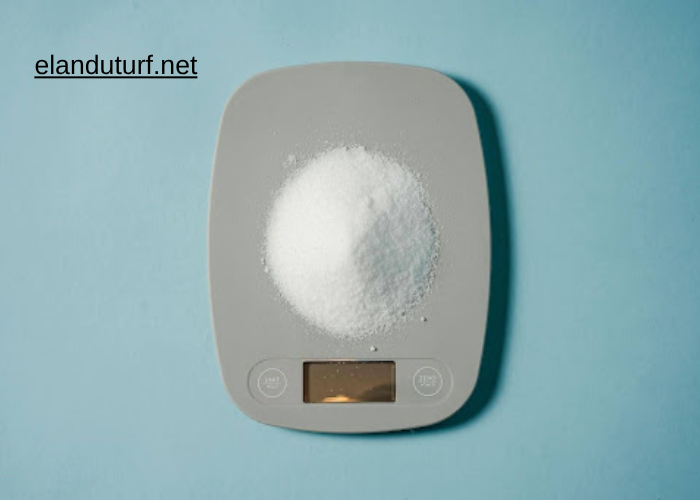When it comes to fueling our homes and businesses, the type of energy we choose plays a significant role in shaping the environment around us. In recent years, liquefied Petroleum Gas (LPG) has become an increasingly popular option in Australia, not just for its affordability and convenience but for its environmental benefits compared to other traditional fuels like coal or petrol. But what exactly is LPG, and how does it impact the planet?
Let’s take a closer look at how LPG affects the environment — both the good and the areas we need to be aware of — so you can make an informed choice for your household or workplace.
What Is LPG and How Is It Used?
LPG is a by-product of natural gas processing and crude oil refining. It’s primarily composed of propane and butane and is stored in liquid form under pressure. You’ll often see it in gas bottles or cylinders outside homes and businesses across the country.
LPG is used for a variety of purposes, including heating, cooking, hot water systems, powering BBQs, and even fuelling certain vehicles. Its versatility is one of the reasons it has become a common energy choice for households in both urban and regional areas.
Cleaner Burning Compared to Other Fossil Fuels
One of the main environmental advantages of LPG is that it burns cleaner than many other fossil fuels. It produces fewer greenhouse gas emissions — around 20% less CO₂ than petrol and up to 50% less than coal in many applications.
This reduction in carbon output makes LPG a more eco-conscious choice, especially for households looking to cut down their environmental footprint without making a drastic switch to fully renewable energy (which might not be feasible in all situations).
Lower Air Pollutants, Better for Health
Beyond greenhouse gases, LPG also produces far fewer pollutants that can harm air quality. It emits almost no particulate matter and much lower levels of nitrogen oxides (NOx) and sulphur oxides (SOx), both of which are known contributors to smog and respiratory illnesses.
This makes LPG a safer option for indoor use, such as in heaters and cooktops, and for high-density areas where air pollution can be a concern.
Reduced Environmental Contamination
Unlike liquid fuels such as diesel or petrol, LPG is non-toxic and does not pose a significant risk to soil or water if accidentally released. In the event of a leak, LPG simply vaporises and dissipates into the atmosphere. This significantly reduces the risk of environmental contamination, particularly in rural or farming areas where fuel leaks can be disastrous.
Efficient Energy Use
LPG appliances are typically more energy-efficient than electric ones, mainly when electricity is generated from coal-fired power stations. Heating water or cooking with LPG often takes less time and uses less energy overall, which contributes to lower overall emissions.
This level of efficiency makes LPG not only better for the environment but also more cost-effective in the long term.
What About the Downsides?
While LPG offers many environmental benefits, it’s essential to recognise that it remains a fossil fuel. It’s derived from non-renewable sources, and its extraction, processing, and transport all come with associated emissions.
Additionally, while LPG is cleaner than coal and petrol, it’s not carbon-neutral. For those aiming for a net-zero footprint, LPG might be a transitional step rather than a final solution.
The Role of LPG in a Greener Future
In Australia, there’s growing recognition that LPG can serve as a “bridge fuel” — a cleaner alternative while renewable technologies and infrastructure continue to scale. It’s especially helpful in regions where solar or wind power may not yet be reliable or affordable year-round.
As innovation continues in the energy space, we’re also seeing developments like bioLPG — a renewable form of LPG derived from organic materials, which could eventually bring the same convenience with a much smaller carbon footprint.
Making a Thoughtful Choice for Your Home
Switching to LPG for your home is not just about practicality; it’s also a conscious step toward reducing your household’s environmental impact. For many Aussies, particularly those living in areas where electricity reliability is an issue, LPG offers a dependable and cleaner solution.
When managed responsibly and paired with energy-efficient appliances, LPG can help households strike a balance between comfort, cost, and environmental care.
In the middle of these decisions lies the growing need for affordable, sustainable options. That’s where LPG gas for home use stands out — bridging the gap between traditional fuels and a renewable future.
A Practical Green Move
While LPG isn’t perfect, it is a step in the right direction, especially when compared to other commonly used fossil fuels. It provides a cleaner burn, reduces harmful emissions, and lowers risks of land and water contamination.
For households not quite ready to fully transition to solar or wind, LPG offers a smart, eco-friendlier choice.
If you’re looking for ways to cut down on your environmental footprint while still enjoying the reliability and power you need, converting to LPG appliances could be one of the simplest and most impactful changes you can make.




